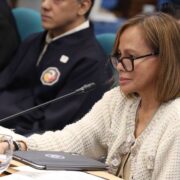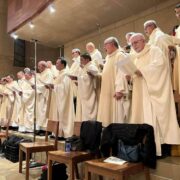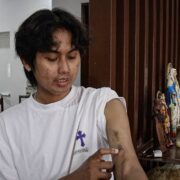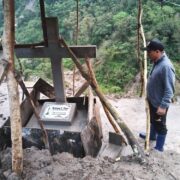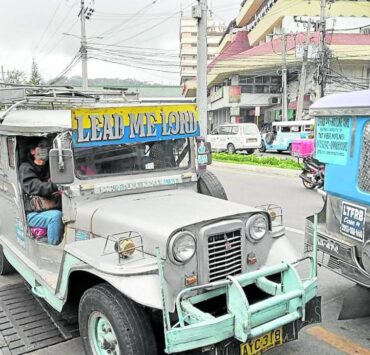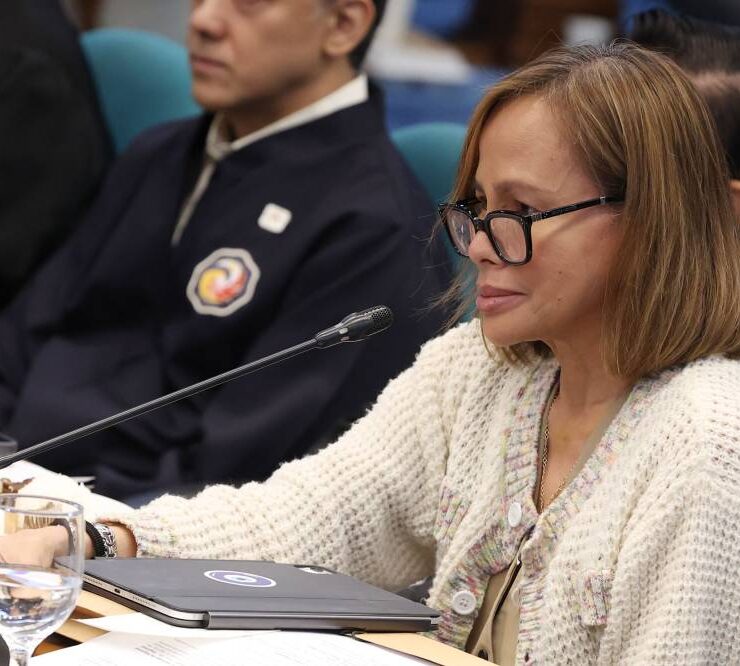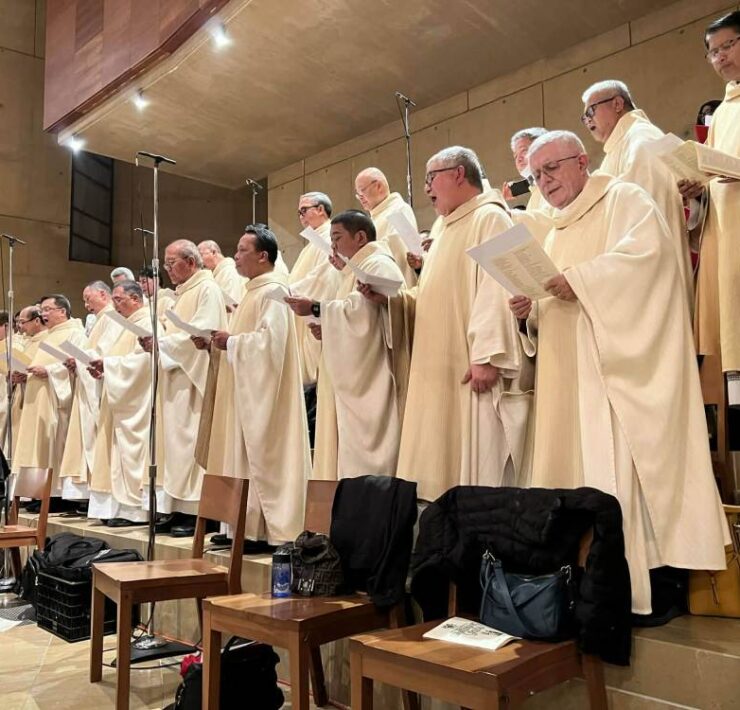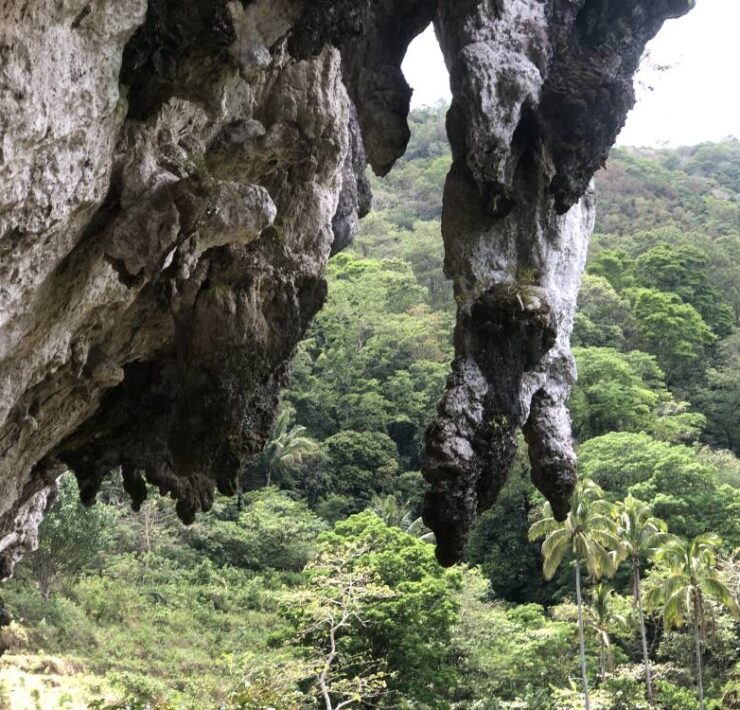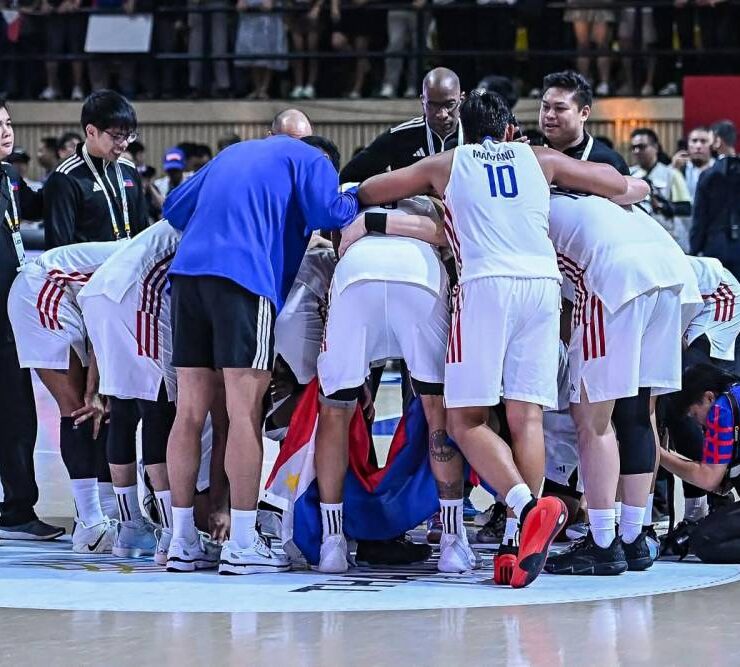What led to the high voter turnout on May 12?
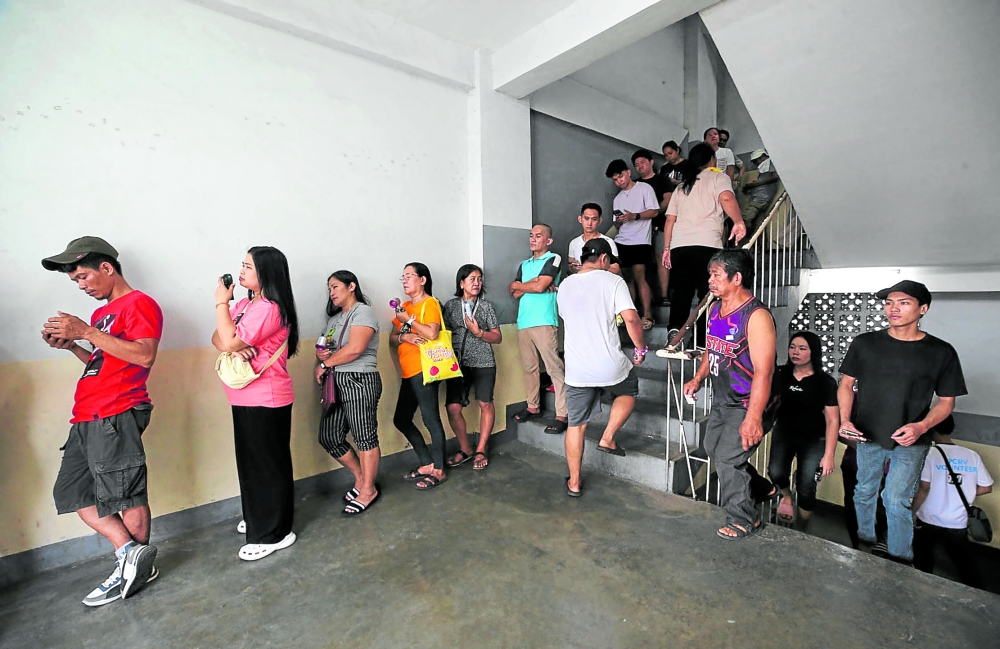
The youth vote, the highly polarizing political situation, and ironically, massive vote-buying, were seen among the factors behind the record-breaking turnout in last Monday’s midterm polls.
This is according to Ranjit Singh Rye, professor at the Political Science Department of the University of the Philippines Diliman, and Parish Pastoral Council for Responsible Voting (PPCRV) spokesperson Ana De Villa Singson.
Singson also noted that the high turnout may also suggest a change in the Filipino electorate’s voting habits.
Based on the Commission on Elections’ (Comelec) “initial, unofficial” estimate on Thursday, 55,874,700 out of the 68,431,965 registered voters cast their ballots—equivalent to a voter turnout of 81.65 percent. Per Comelec, the figure may still change subject to the completion of the canvassing by the National Board of Canvassers.
The figure is still slightly lower than the 84.20-percent turnout for the 2022 presidential election, the highest in the country’s history. But it is already the highest among the midterm polls since 1995. (See Comelec graph on Page A6.)
Prior to the 2025 polls, the highest voter turnout for midterm elections was recorded in 2019, when 46,937,139 out of the 61,843,771 registered voters cast their ballot, which is equivalent to a 75.90 percent voter turnout.
Engaged citizenry
Rye said a confluence of factors encouraged voters.
For one, he noted, majority of the registered voters were young. Based on Comelec data, 63 percent or 47.81 million of the almost 70 million registered voters were millennials (born from 1996 to 1981, or age 29 to 44), and Gen Zs (born from 1997 to 2007, or age 18 to 28).
“The very polarized political situation may also have contributed to this high voter turnout,” Rye told the Inquirer.
The bitter breakup of the “UniTeam” of President Marcos and Vice President Sara Duterte produced two senatorial slates, with the opposition fielding returning senators Bam Aquino and Kiko Pangilinan.
“Some people also say that vote-buying is so rampant this election that it induced a lot of people to go out and vote,” Rye added. This observation was also shared by local election watchdogs and international observer missions in their preliminary reports.
Rye, however, said the “ultimate” reason could be that Filipinos were “very engaged” for this election.
“Many voters still believe that elections are a tool of empowerment and change. This was their way of engaging in the life of our country though politics. Whatever the outcome of the politics, an engaged citizenry is always good for democracy,” he said.
Rye was optimistic that this voter engagement would extend to the 2028 presidential elections.
“I believe this interest can be sustained by more voter education in the future … This increase in voter engagement on the whole is a positive sign and will contribute to broadening and deepening our democracy,” he said.
Excited voters
The PPCRV, one of the two accredited citizen’s arms of the Comelec, was also “surprised” by the higher than usual turnout, but welcomed it as a sign of a “more politically engaged and excited” citizenry.
“This election year’s voter turnout is very remarkable because it is a midterm election. There is usually a big gap between the presidential and midterm elections voter turnout. But people seem to be excited about this particular election, even if it is midterms,” Singson said.
She noted that the high voter turnout was evident with the “change in pattern” in Filipinos’ voting habits.
“During Election Day, it was still early in the morning, but our volunteers observed long lines outside of polling centers—which was not the usual voting habit of Filipino voters, as lines in the past elections peaked in the middle to late afternoon,” Singson said.
“People are very passionate and excited about this election which is good. We need an excited voting population all the time. I hope we can maintain this in the future elections,” she added.
Call for volunteers
The PPCRV, meanwhile, called for more volunteers as it ramps up its parallel auditing of the physical election returns (ER).
As of Thursday, it has received 99.12 percent of the ERs from 92,808 precincts nationwide. This was almost similar to the 99.14 percent of ERs transmitted to the Comelec (92,588 out of 93,287).
“We will be ramping up our operations soon because of the volume of election returns that are arriving,” Singson said.
“This audit is very important because we will check the integrity of the transmitted vote,” she added.
Singson is hoping that the PPCRV will have as many volunteers as the 2022 elections, which had over 400,000 deployed in the field and command center.
“The physical ERs and the transmitted digital ERs must be the same to ensure clean, honest and accurate elections,” she said, noting that it is during the transmission when the votes are “the most vulnerable to manipulation.”
“It is very important that we find out that what comes out of the machines—what we see in these physical ERs—is exactly the same as what’s coming out of the transparency servers,” Singson said.
Those who wish to volunteer to PPCRV may visit ppcrv.org/ivolunteer/ or go to the PPCRV command center at the second floor of the PLDT office at the corner of España Boulevard and Macaraeg Street in Sampaloc, Manila.



